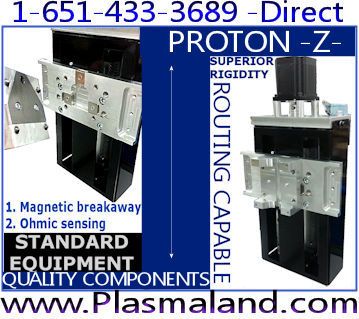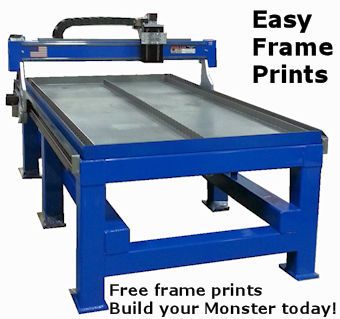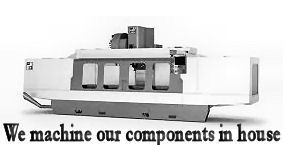Actually....if you look at the specs in the Hypertherm manual under "machine torch" and optimum settings you will see real world cutting specs for cnc machines. If you set your setting exactly the way the manual suggests, you will get a good cut.
The specs listed by virtually all manufacturers for hand torches are the absolute fastest speed, with a new set of consumables. They can be achieved, with a new set of consumables, but not with the best cut quality.
Why do manufacturers list their hand torches with these barely achievable specs? Because the hand plasma cutting business is very competitive.....many buyers make their purchase decisions based on price and cut thickness and cut speed. If you don't list the maximum speed, then you don't get the orders!
Jim Colt






 Reply With Quote
Reply With Quote




 Thanks for the explanation! We have tried very hard with TD to get close but havent gotten close enough. We are setting up another powermax 45 unit, good to know we are closer with Hypertherm than with TD!
Thanks for the explanation! We have tried very hard with TD to get close but havent gotten close enough. We are setting up another powermax 45 unit, good to know we are closer with Hypertherm than with TD!



